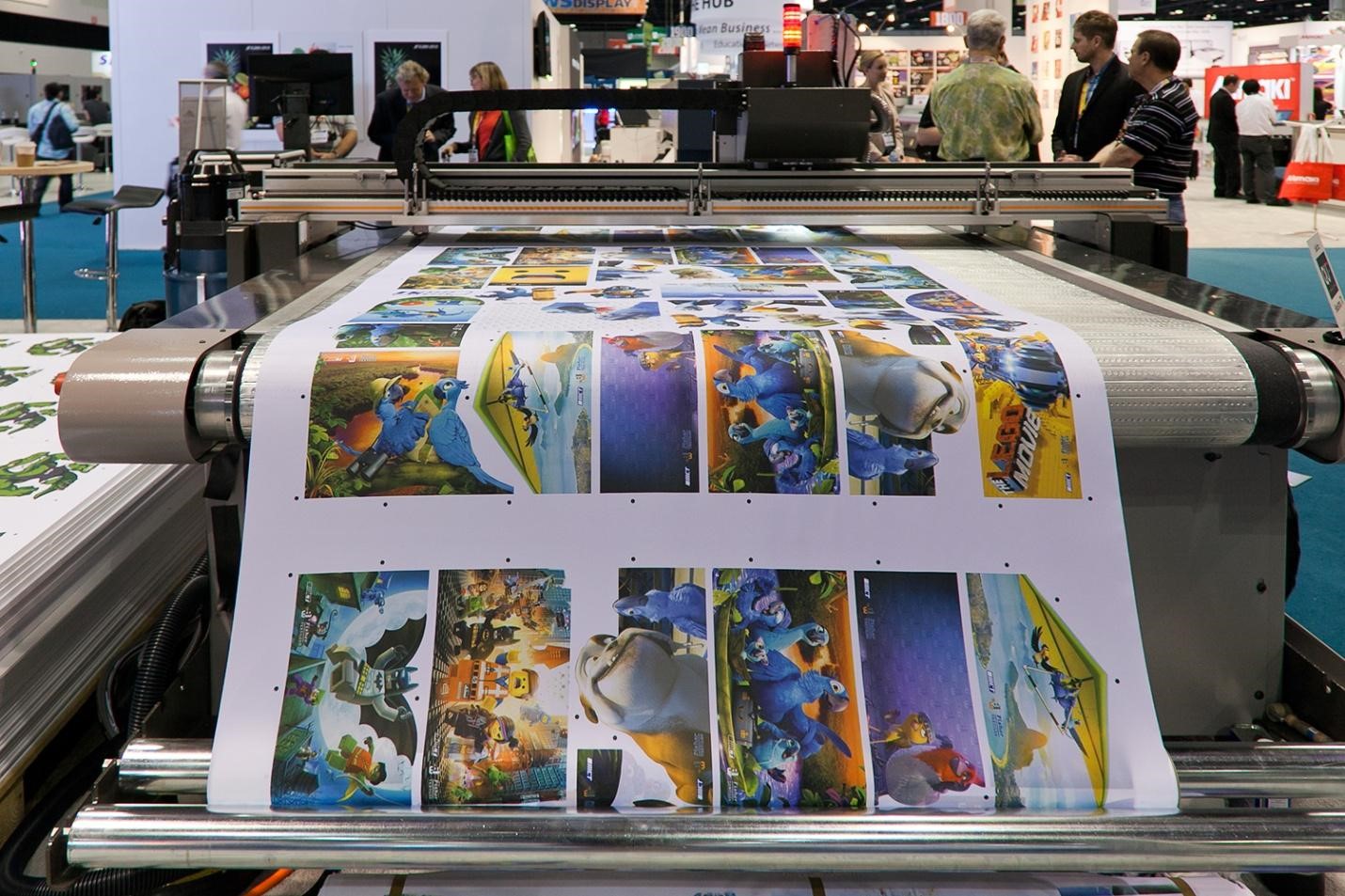
If you are an artist selling reproductions of your original art, the term ‘giclee’ is probably familiar to you; however, apart from ordering a giclee, many people do not know much about the printing process. To get the most out of your order, having a better understanding of how it works can be very valuable.
The hint is in the name
Giclée, with the accent above the first ‘e’, comes from the French for ‘to spray or to squirt’. For this reason, you may well hear it pronounced with a French accent, such as “jhee-clay”; however, as modern giclee printing programs have dropped the accent, do not feel obliged to over-pronounce.
Giclee is a standard of inkjet printing, but not all inkjet printers can produce a giclee print. The primary characteristic of a giclee print is its exceptionally high quality; the second is its longevity. As these can be difficult to quantify, three basic criteria are considered essential to giclee printing.
High document resolution
A resolution of no less than 300 dots per inch (DPI) needs to be obtainable for a photo or artwork to be reproduced as a giclee print. In short, the camera or scanner used must be of a large enough format or great enough resolution to allow the printer to produce 300 DPI. Professional fine art giclee printing services from specialists will ensure your work is captured in the highest possible resolution.
Archival quality paper
The longevity quality of a giclee is only obtained when 300 DPI is used on archival quality paper. Most professional printer papers will state if they are archival quality on the packaging. Look for the words ‘acid free’ and ‘100 per cent cotton’. A rag base paper can also be archival.
The printer
The printer used to create a giclee is a large format model that uses pigment-based inks and holds eight to 12 colour cartridges compared with the four in a normal printer. The number of different colours is vitally important for accurate image reproduction. You can be assured that such machines will benefit from having perfect Electrical Control Components that are supplied by reputable companies such as https://www.osmelectrical.com/.
Giclee printing is a great way to produce ‘on-demand’ artwork reproductions. As the process is completely digital, artists and photographers can do away with the time and cost associated with traditional screen printing. Ultimately, this means lower-cost prints reaching a much wider audience.






